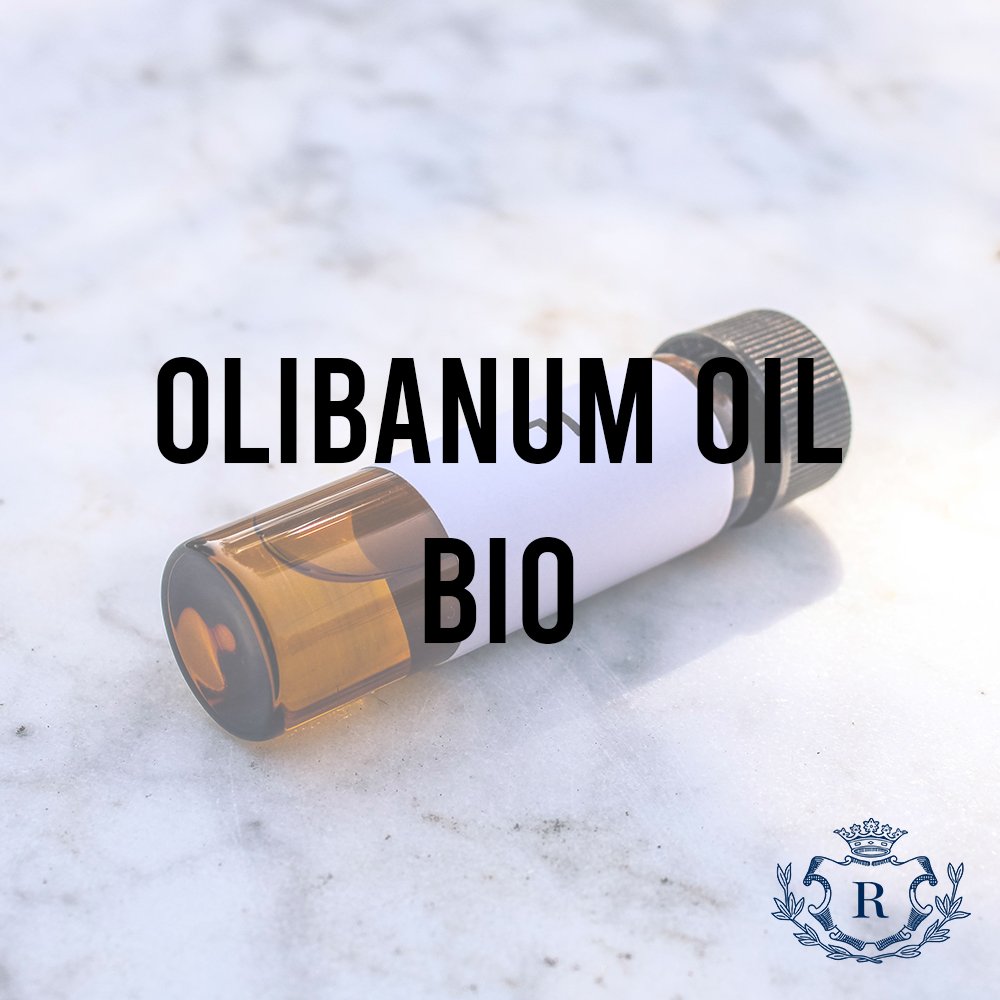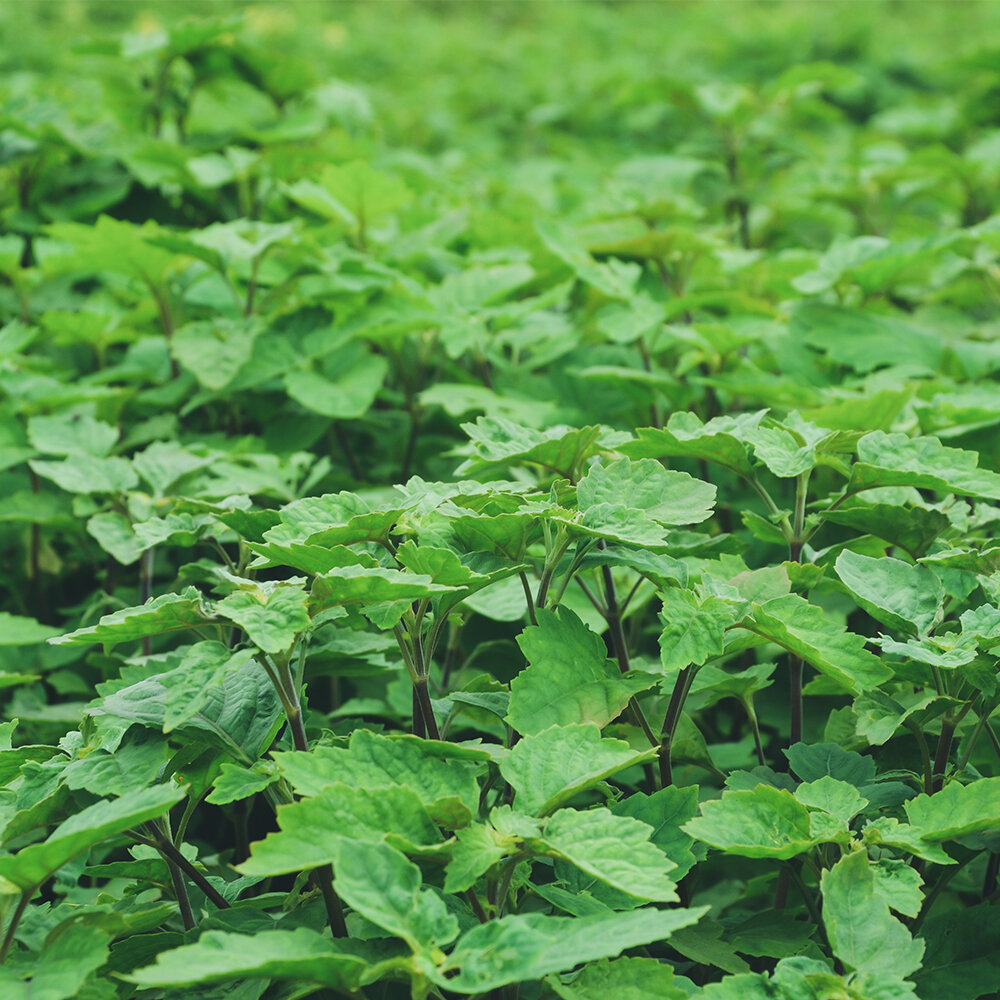Natural Ingredient Overview
🏭 Manufacturer: Goymen Oil (sample analysis), various resinoid processors
🔎 Botanical Name: Boswellia sacra, B. frereana, B. serrata, B. papyrifera
📂 CAS N°: 97952-72-2
⚖️ MW: Not applicable (resin mixture in DPG carrier)
📝 Odor Type: Woody, Terpenic
📈 Odor Strength: High
👃🏼 Odor Profile: Strongly diffusive, green-lemon-like, terpenic brightness softened by peppery, sweet-woody, and resinous balsamic undertones; drydown cistus-like and ambery
⚗️ Uses: Fixative base, incense materials, oriental perfumes, citrus modifiers, floral background
🧴 Appearance: Pale yellow to amber-green mobile liquid (DPG diluted)
What is Olibanum Resinoide Extra 50% DPG?
Olibanum resinoid is a solvent extract of the hardened resin obtained from multiple species of the Boswellia genus. This material is standardized at 50% dilution in dipropylene glycol (DPG), a common solvent in perfumery that facilitates accurate dosing, smooth blending, and stability.
Compared to the essential oil (steam-distilled), the resinoid:
Is less volatile, more substantive
Offers a deeper balsamic profile
Functions as both modifier and fixative
Contains a broader range of high-boiling resin acids and oxygenated terpenes
The raw resins are typically sourced from Somalia, India, Oman, and Ethiopia, but distillation and extraction are performed in Europe, the U.S., and occasionally in India.
Olfactory Profile & Perfumery Applications
👃🏼 Odor Description: Fresh and green-terpenic in the top, evolving into spicy, peppery warmth with a sweet-woody body and rich balsamic base. The drydown is tenacious, resinous, and amber-like with labdanum parallels.
⚗️ Functional Use:
Used as a base material for incense and olibanum-type compositions
Enhances complexity and depth in oriental, powdery, floral, and spice perfumes
Provides a modifier effect in difficult citrus top notes (e.g., bergamot, verbena, lemon)
Contributes structural support to chypres, fougères, and men’s fragrances
🧴 Compatible with: Citral, bergamot, bay leaf oil, coumarin, violet bases, ambrette seed materials, labdanum absolute
Industrial & Technical Uses
Primarily used in:
Fine fragrance as incense base or background warmth
Functional perfumery (e.g., room sprays, cosmetic bases, incense sticks)
Natural perfumery and Botanical perfumery, especially where tenacity and resinous body are required
As a resinoid diluted in DPG, it allows greater ease of incorporation in alcohol-based and oil-based compositions. The 50% standardization supports consistent IFRA compliance and formulation dosing.
Regulatory & Safety Overview
IFRA: Permitted; should be used within limits applicable to its natural constituents (e.g., limonene, pinene)
EU Allergens: May contain trace levels of natural allergens depending on resin origin
ECHA: Not classified as hazardous in typical perfumery use; oxidation management recommended
Toxicology:
No sensitization or phototoxicity in standard test concentrations
DPG carrier is considered safe and non-sensitizing at standard use levels
Not classified as PBT or vPvB
Antioxidants may be added to reduce risk of oxidized breakdown products
Additional Information
🌍 Sourcing Regions: Somaliland, Somalia, Oman, India, Ethiopia
🧪 Solvent System: 50% DPG; allows better solubility in ethanol and oils
🧾 Related Forms: Olibanum CO₂ extract (richer), Olibanum EO (more volatile), Boswellia serrata oil (fresher, greener)
⚠️ Storage Note: Resinoid form should be protected from air and light to minimize oxidation of labile terpenes
Sources
S. Arctander – Perfume and Flavor Chemicals
Encyclopedia Britannica – Frankincense Overview (2020)
Fulvio Ciccolo – Scentspiracy Archives
ECHA Substance Information
Internal analysis of Goymen Oil distillation (Turkey)
Peer-reviewed literature on Boswellia resinoid composition and fixative performance











